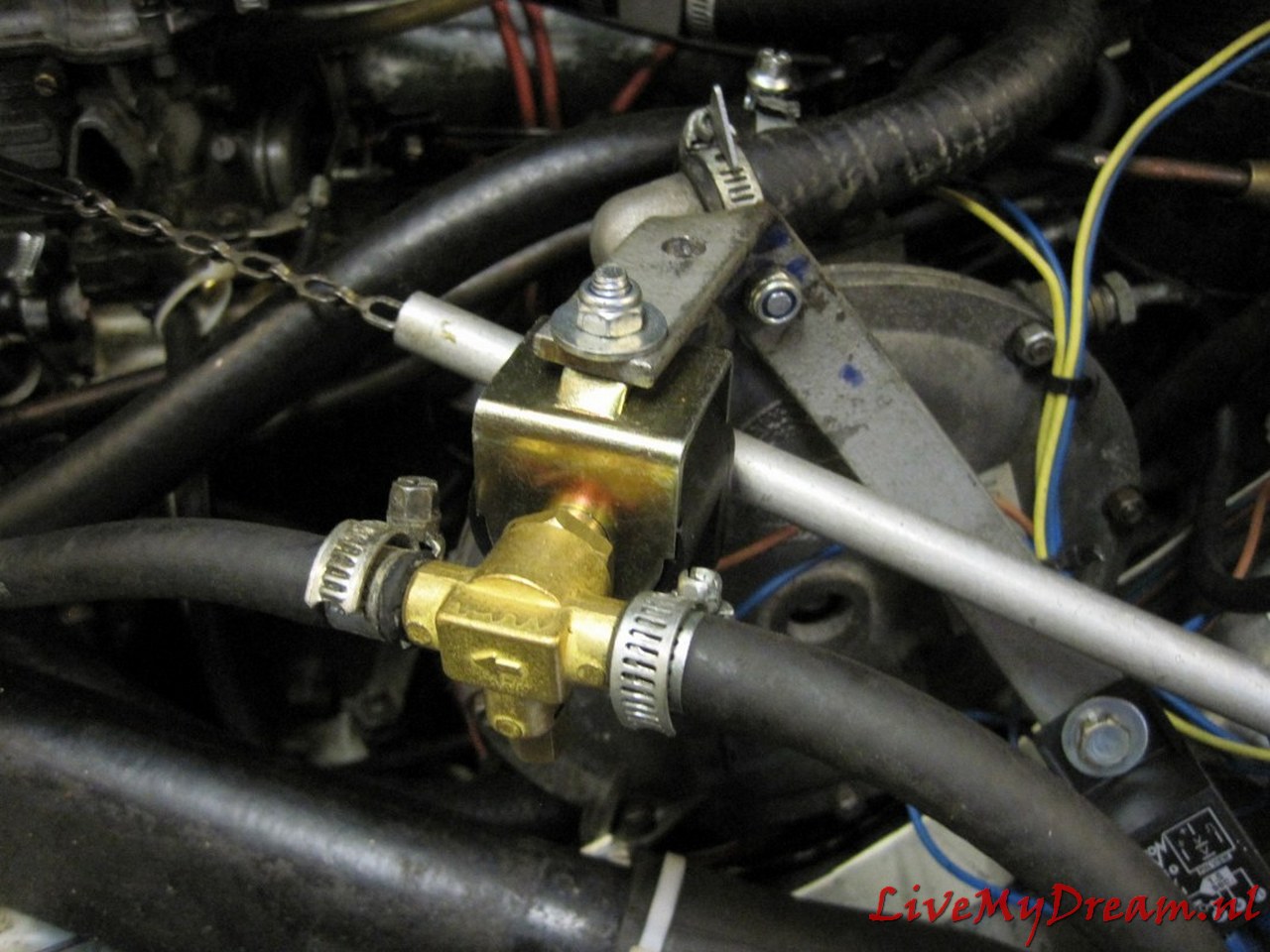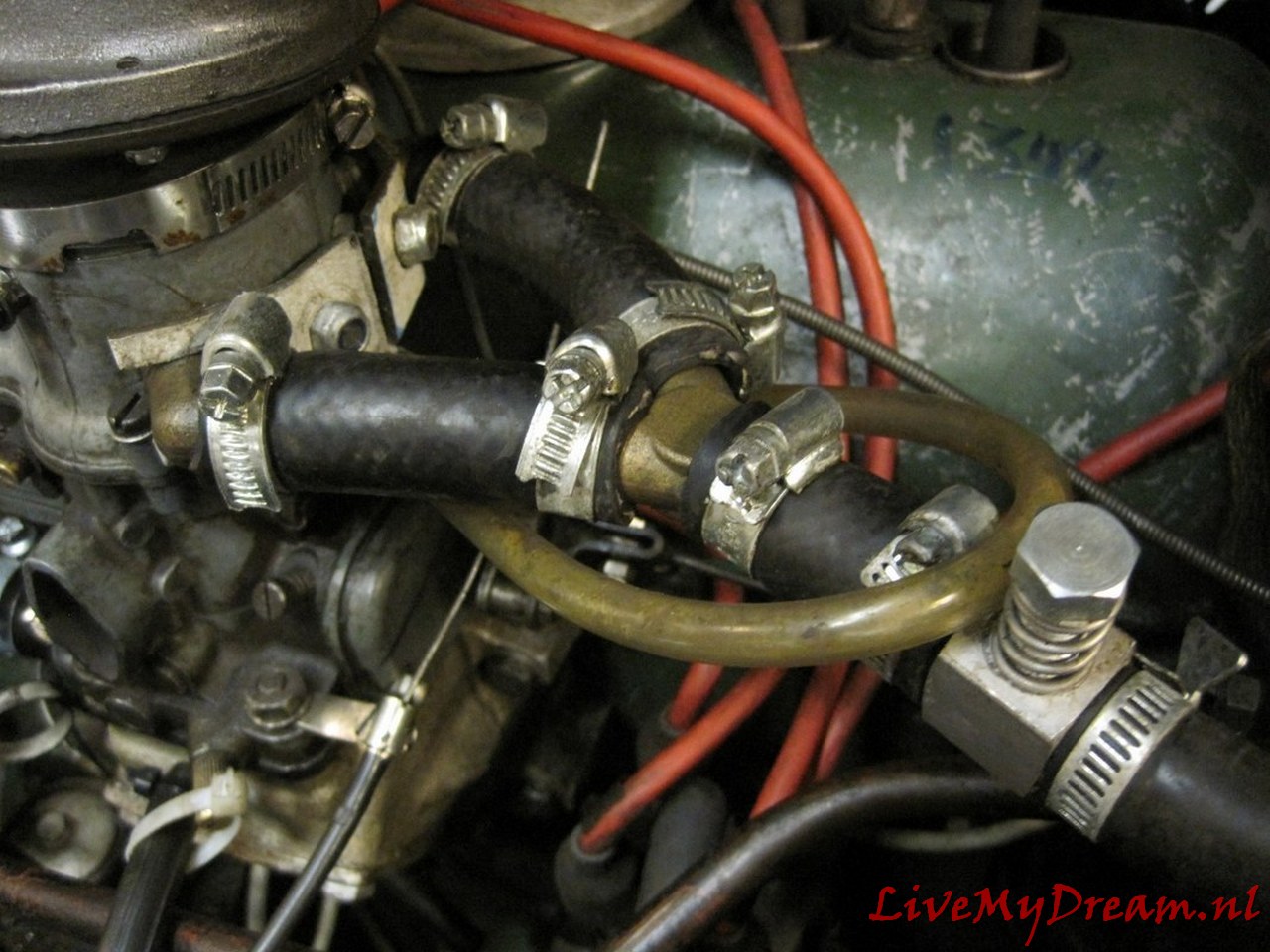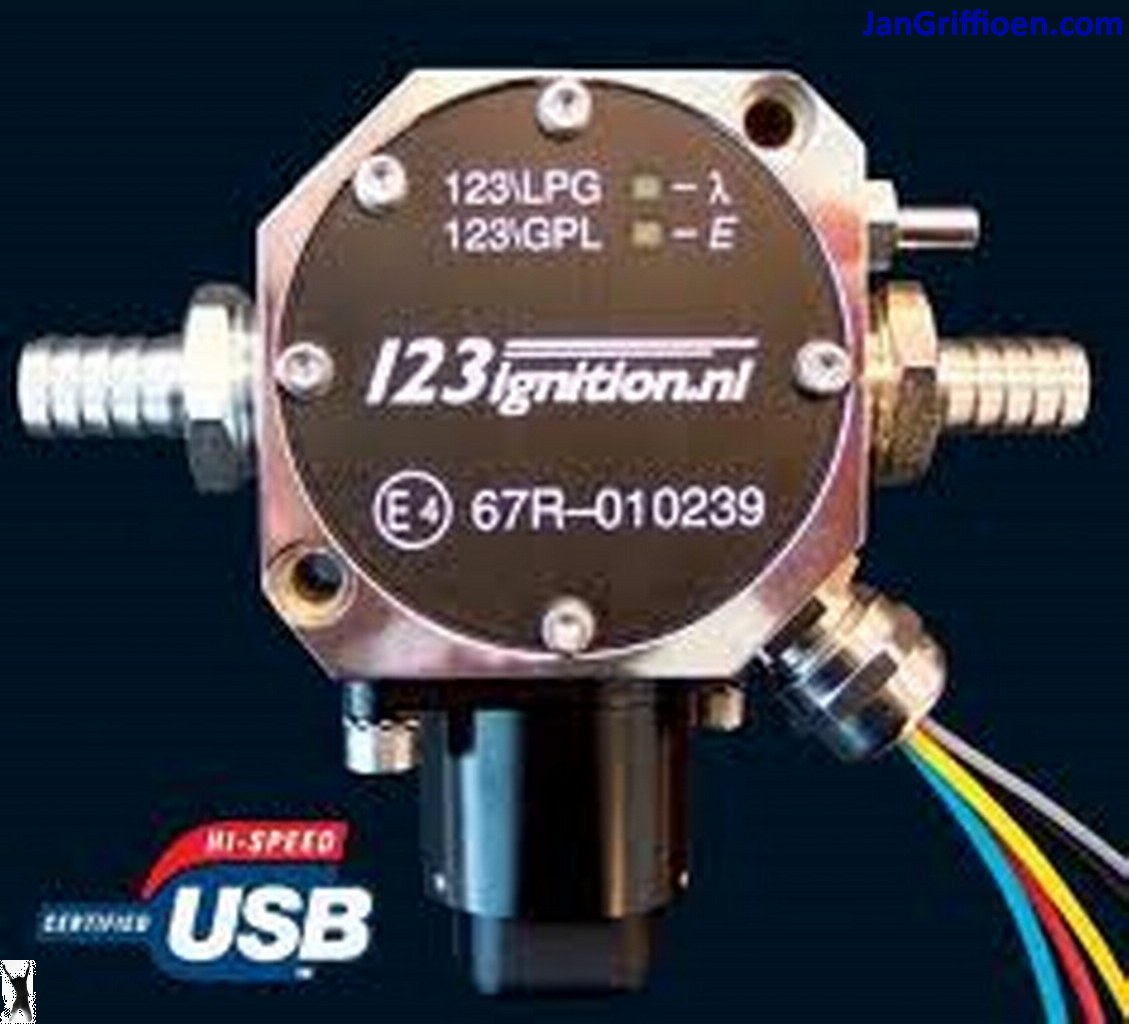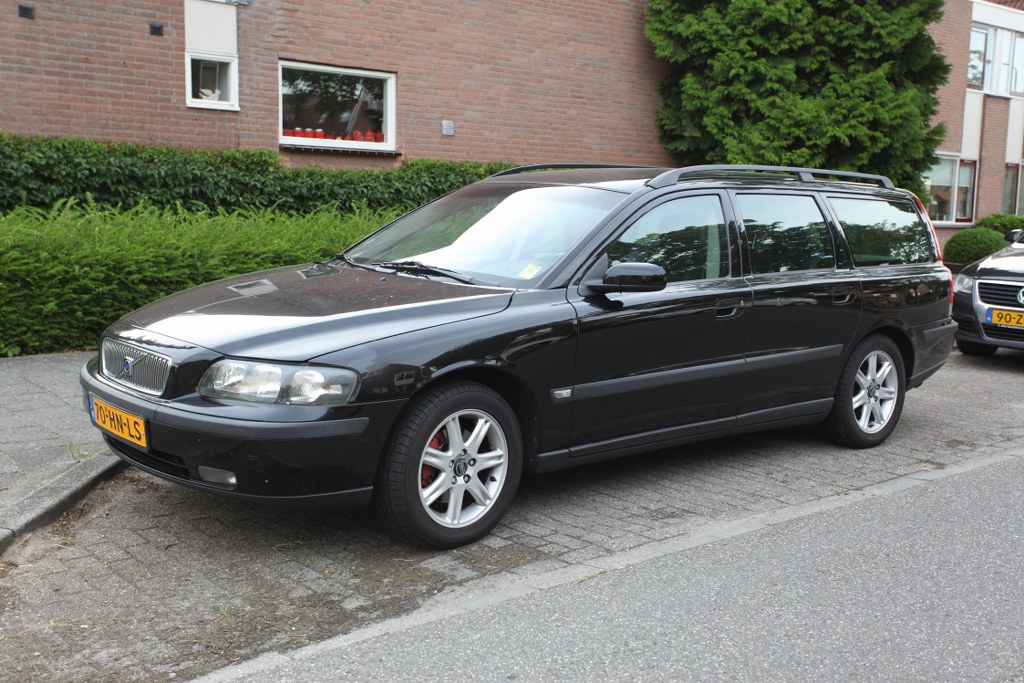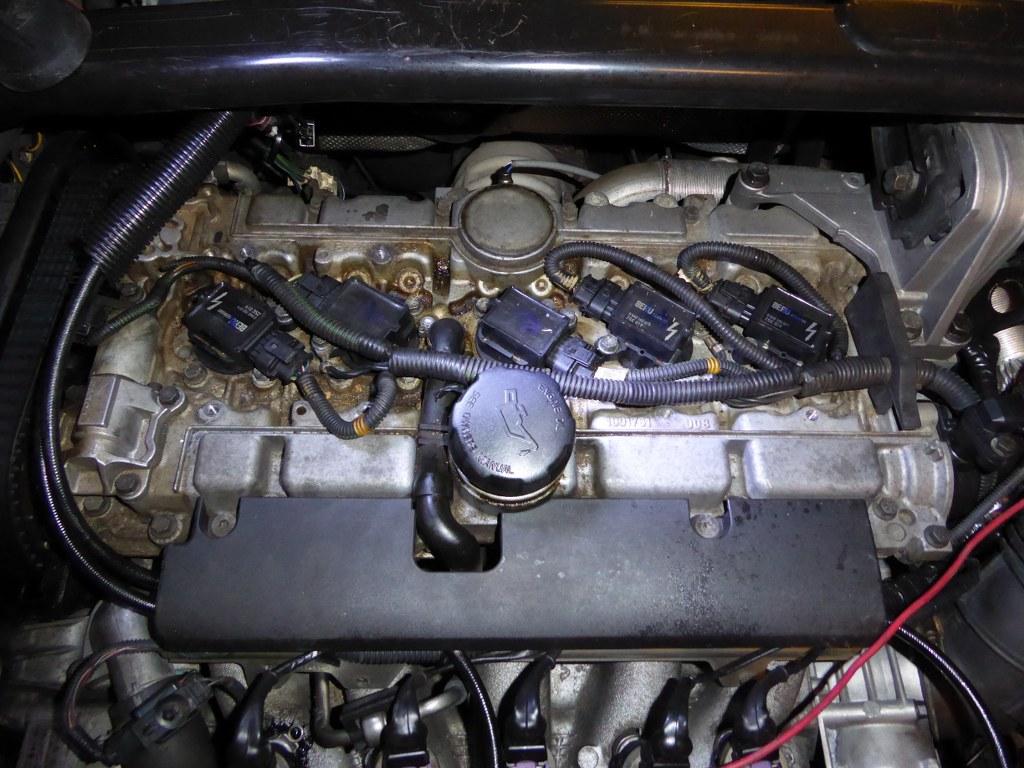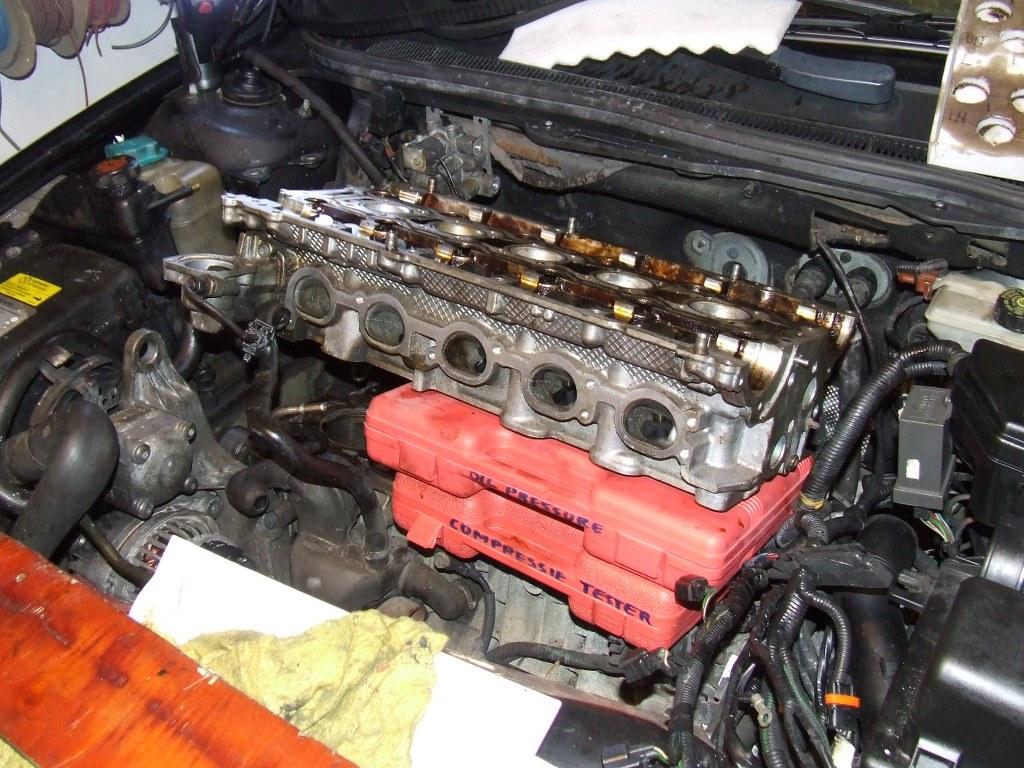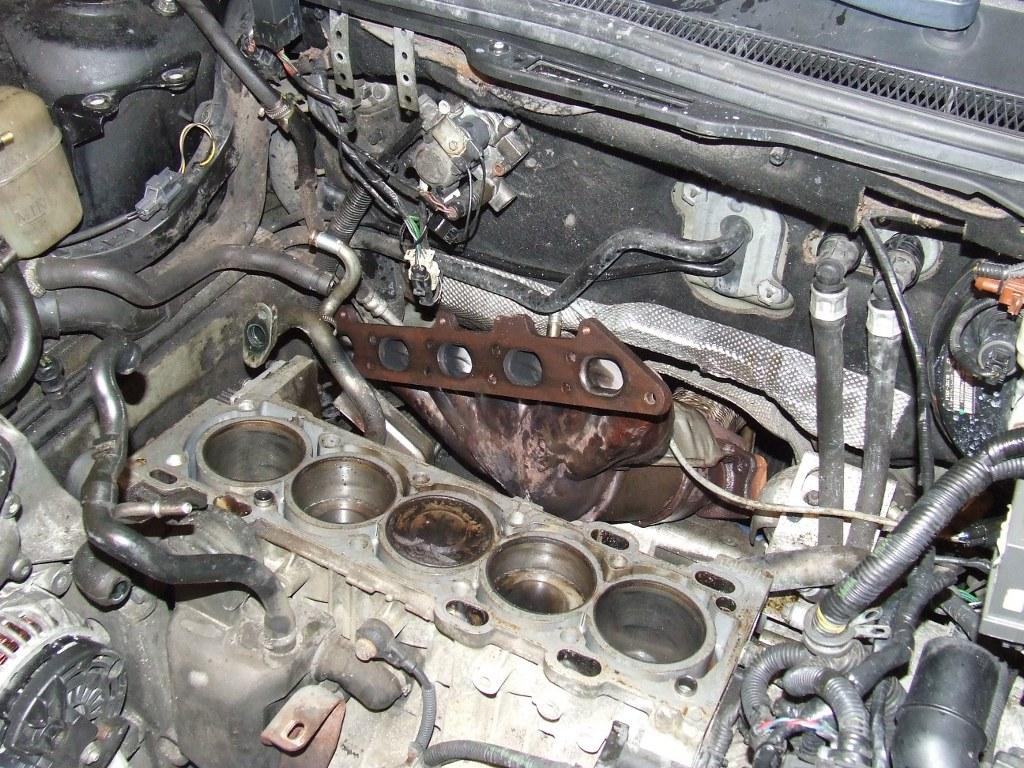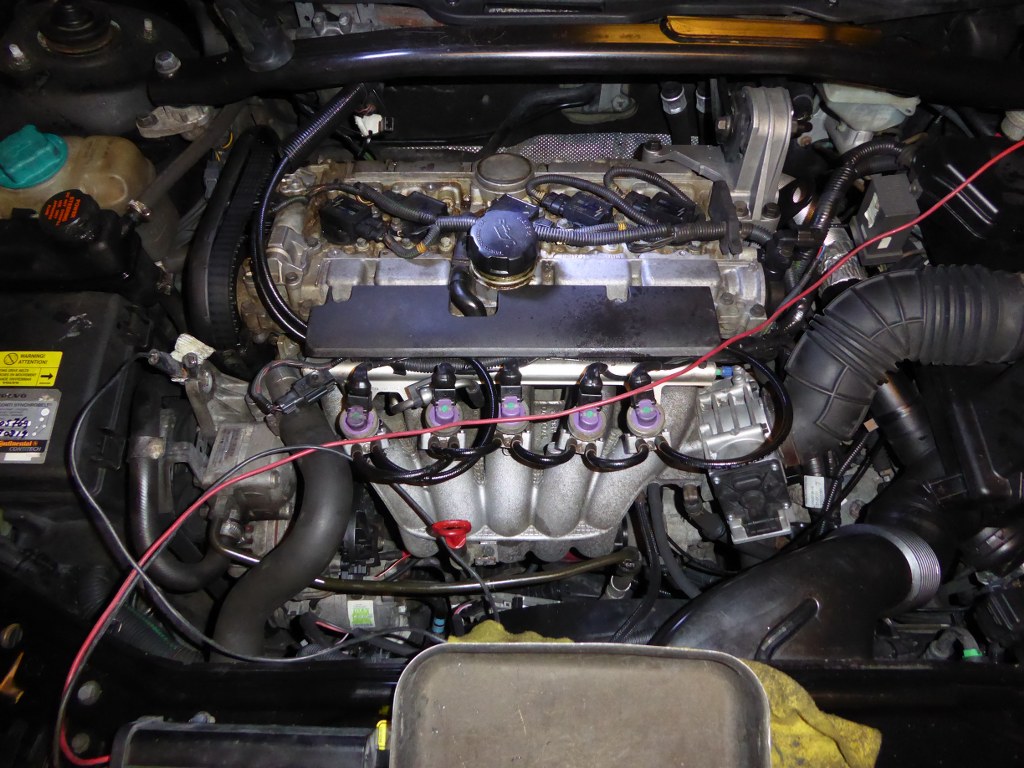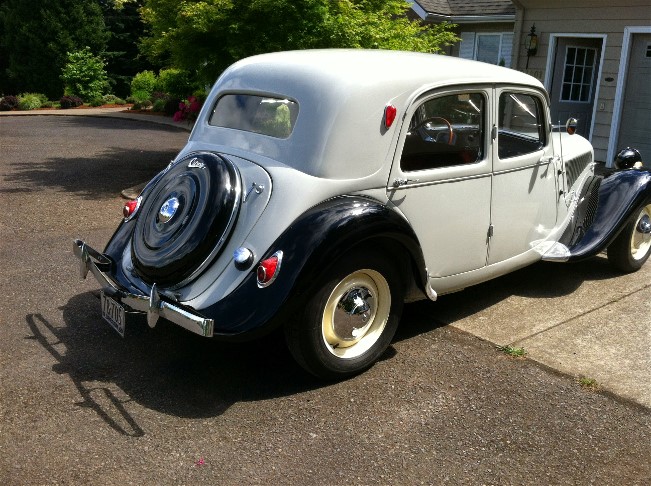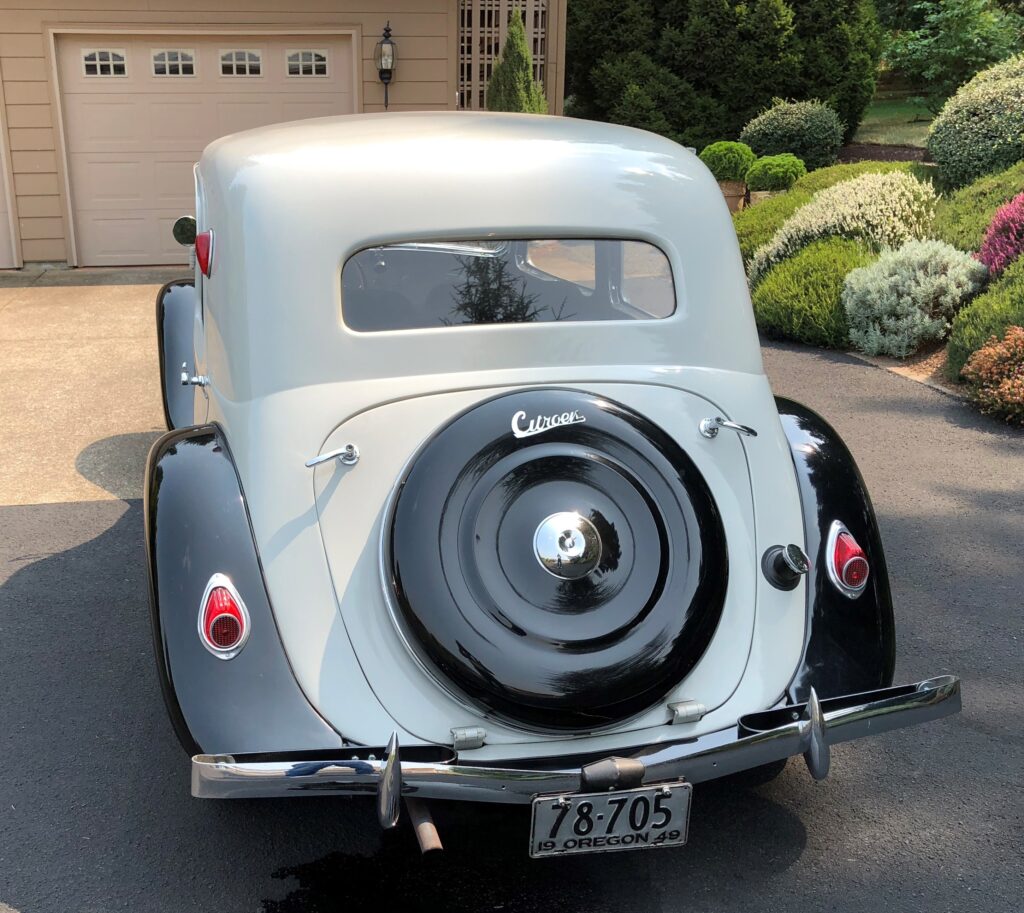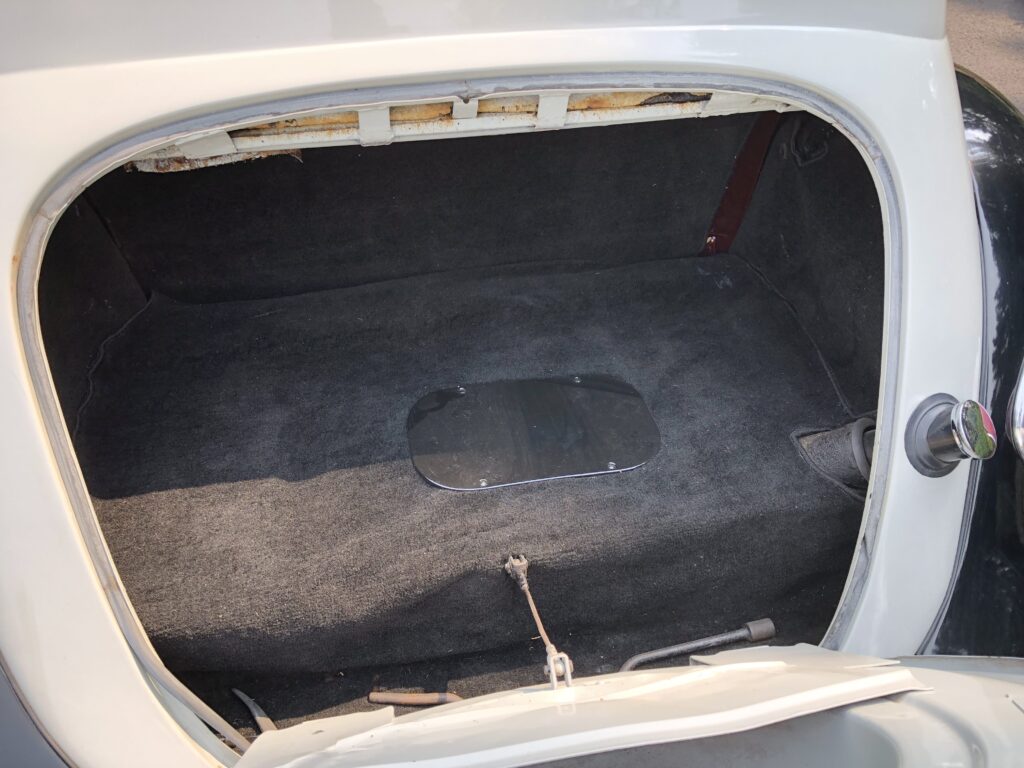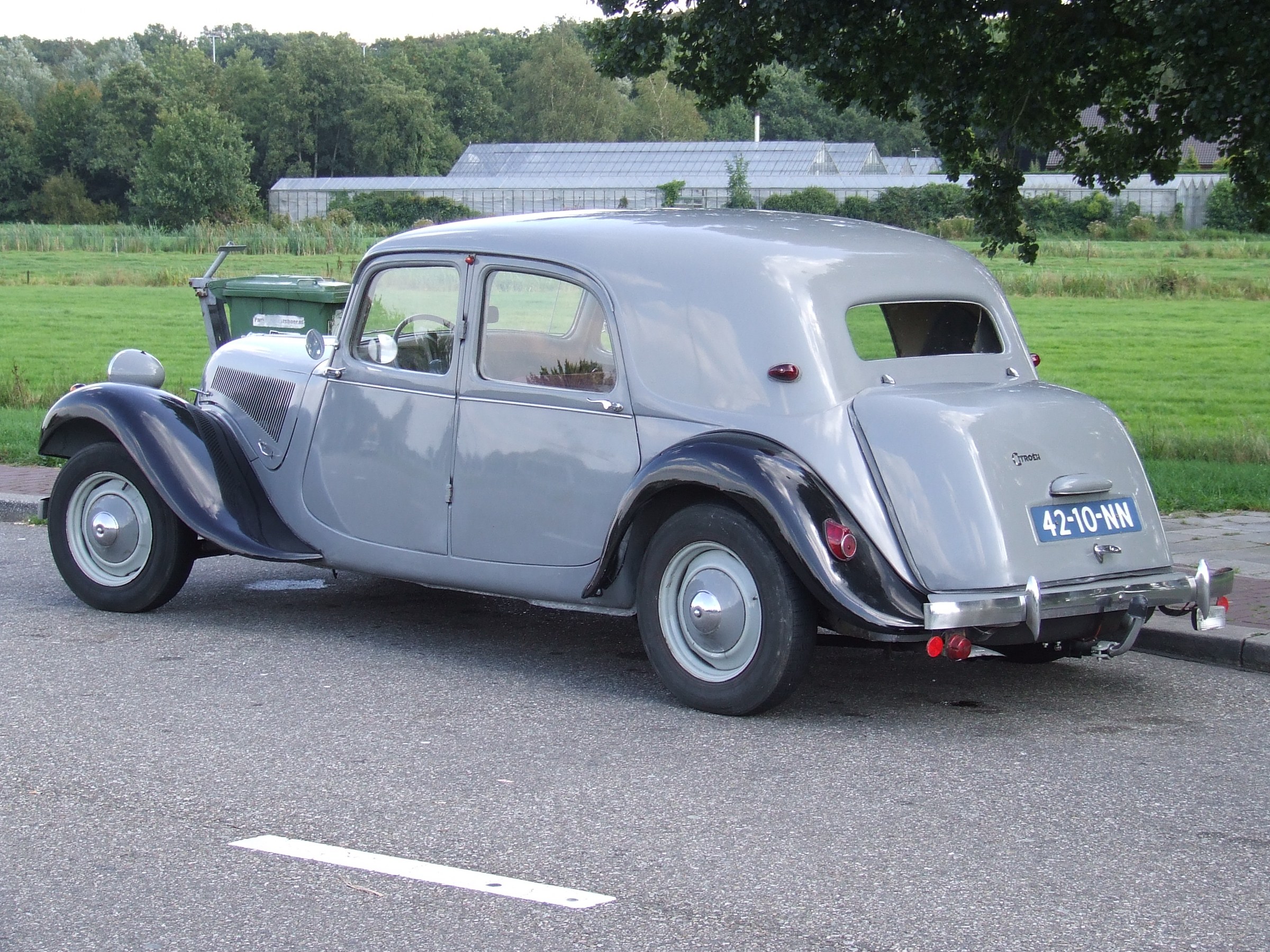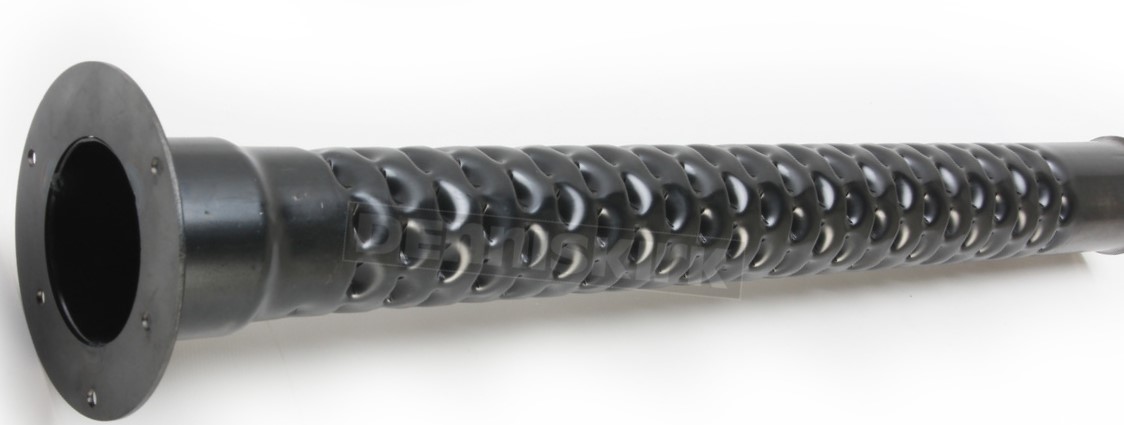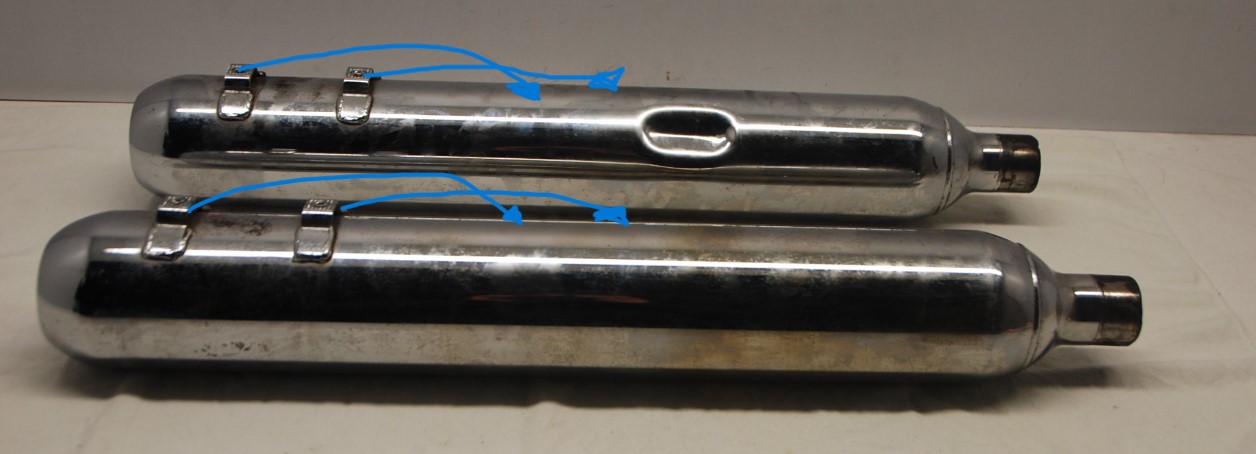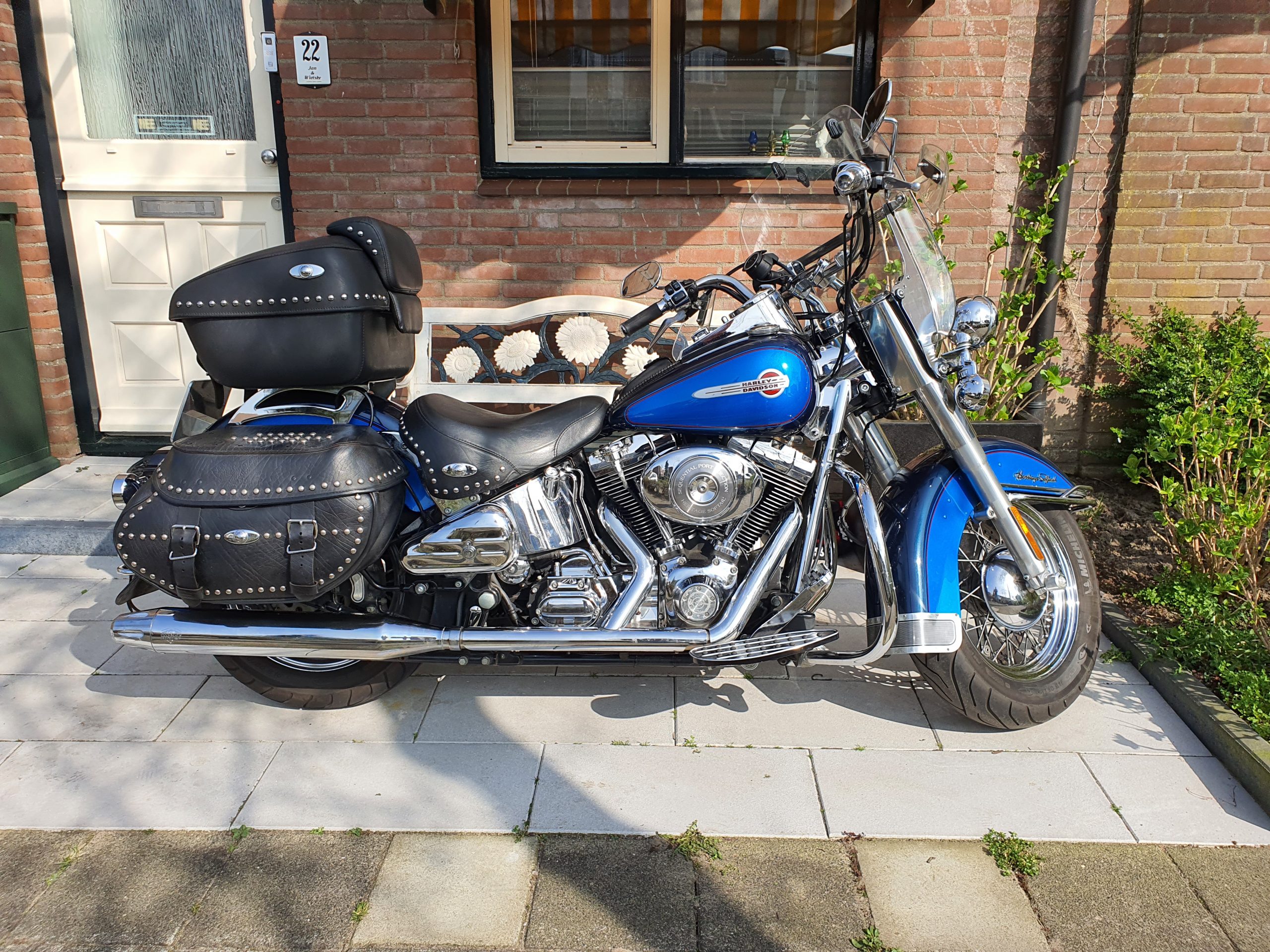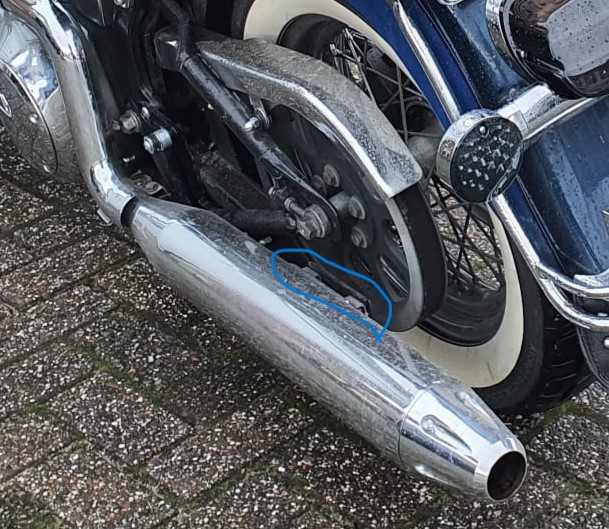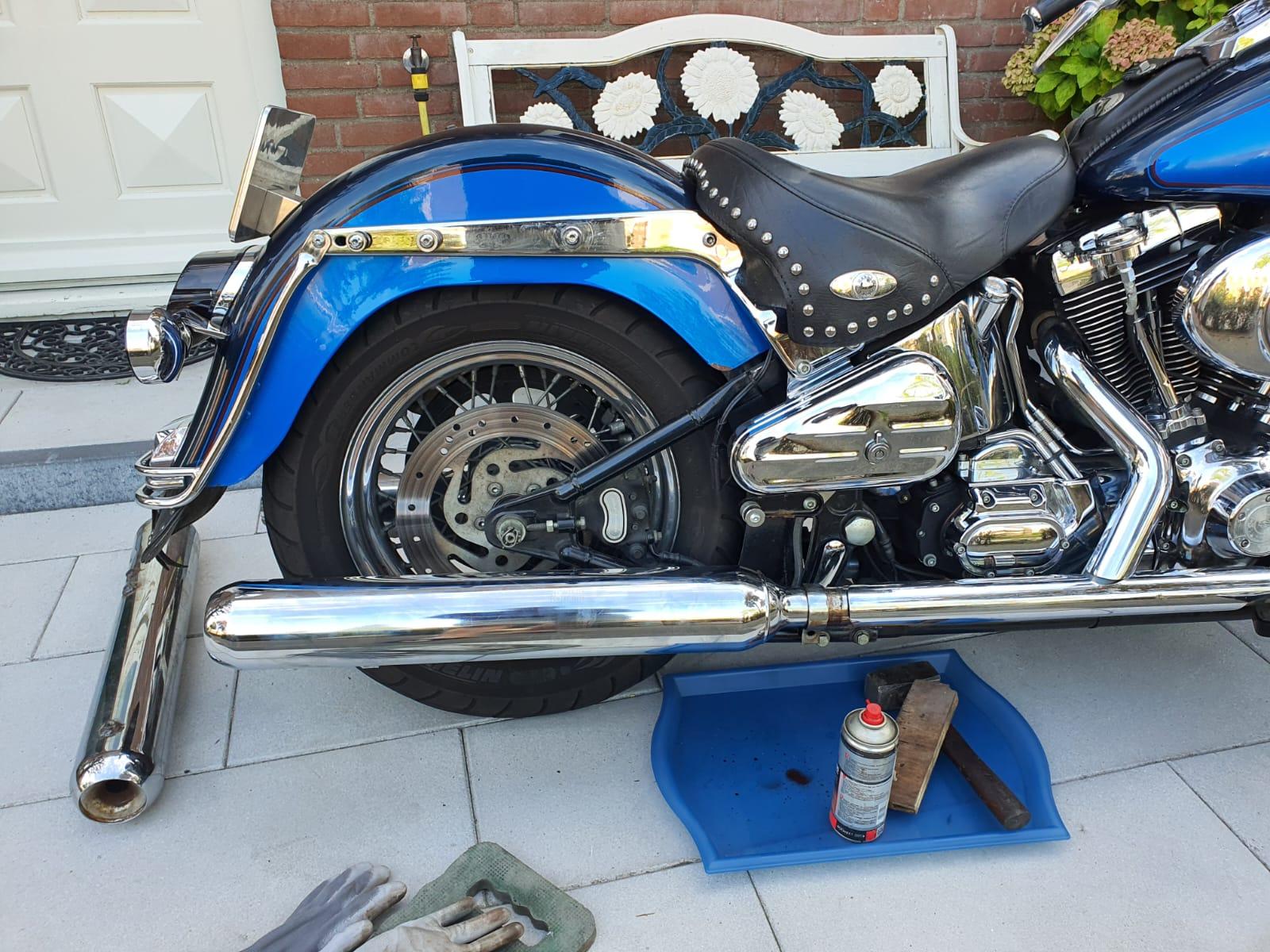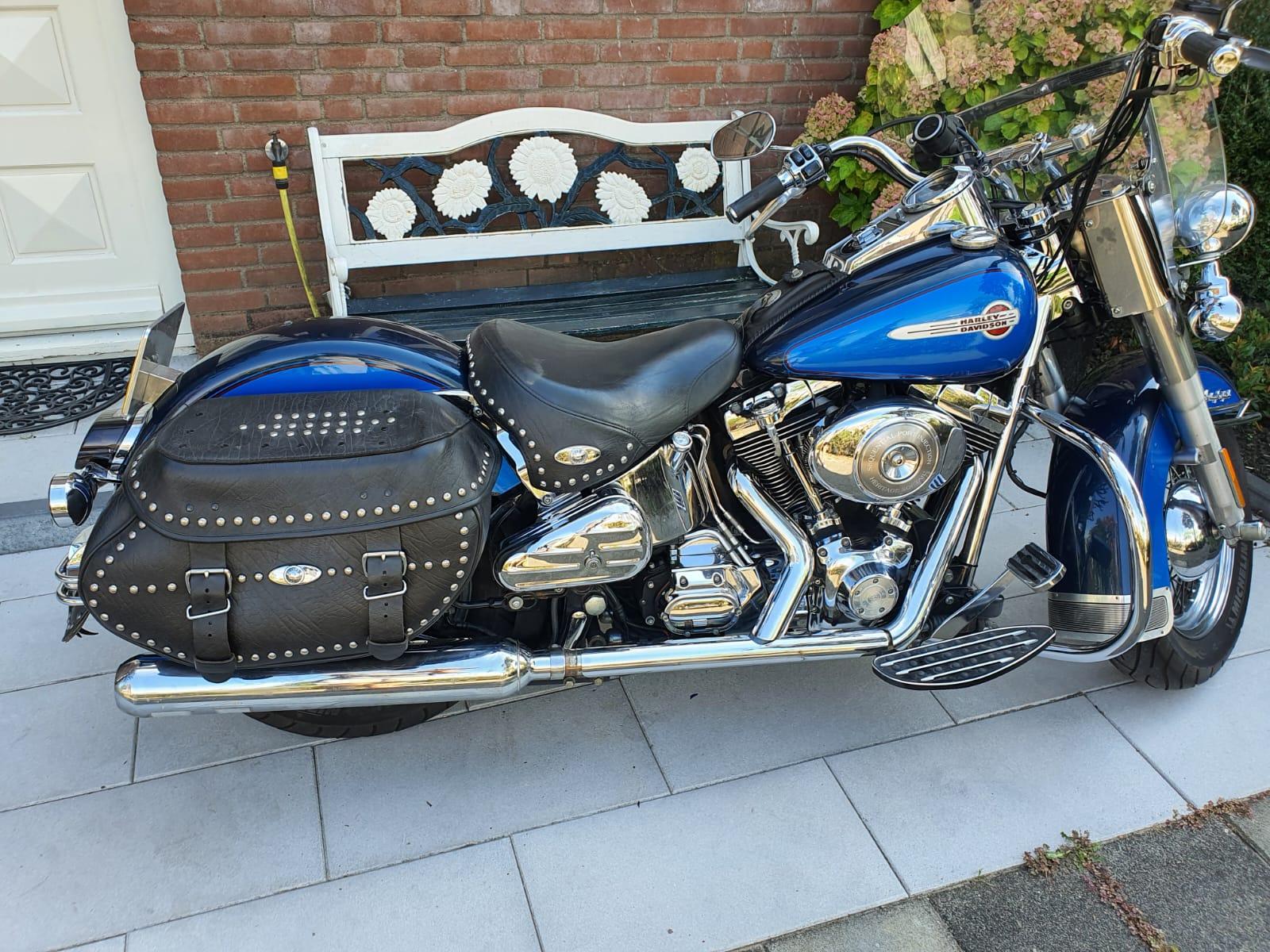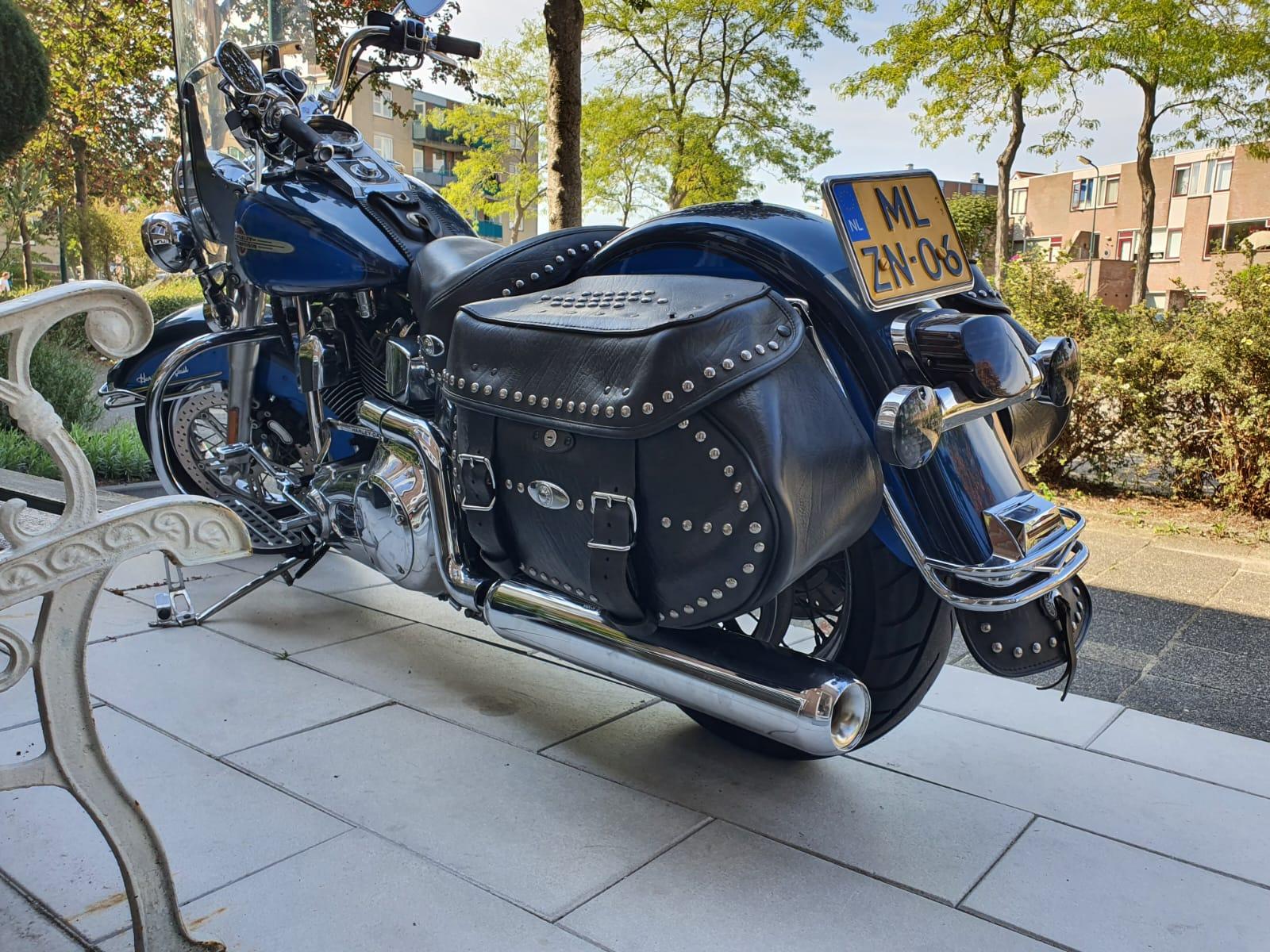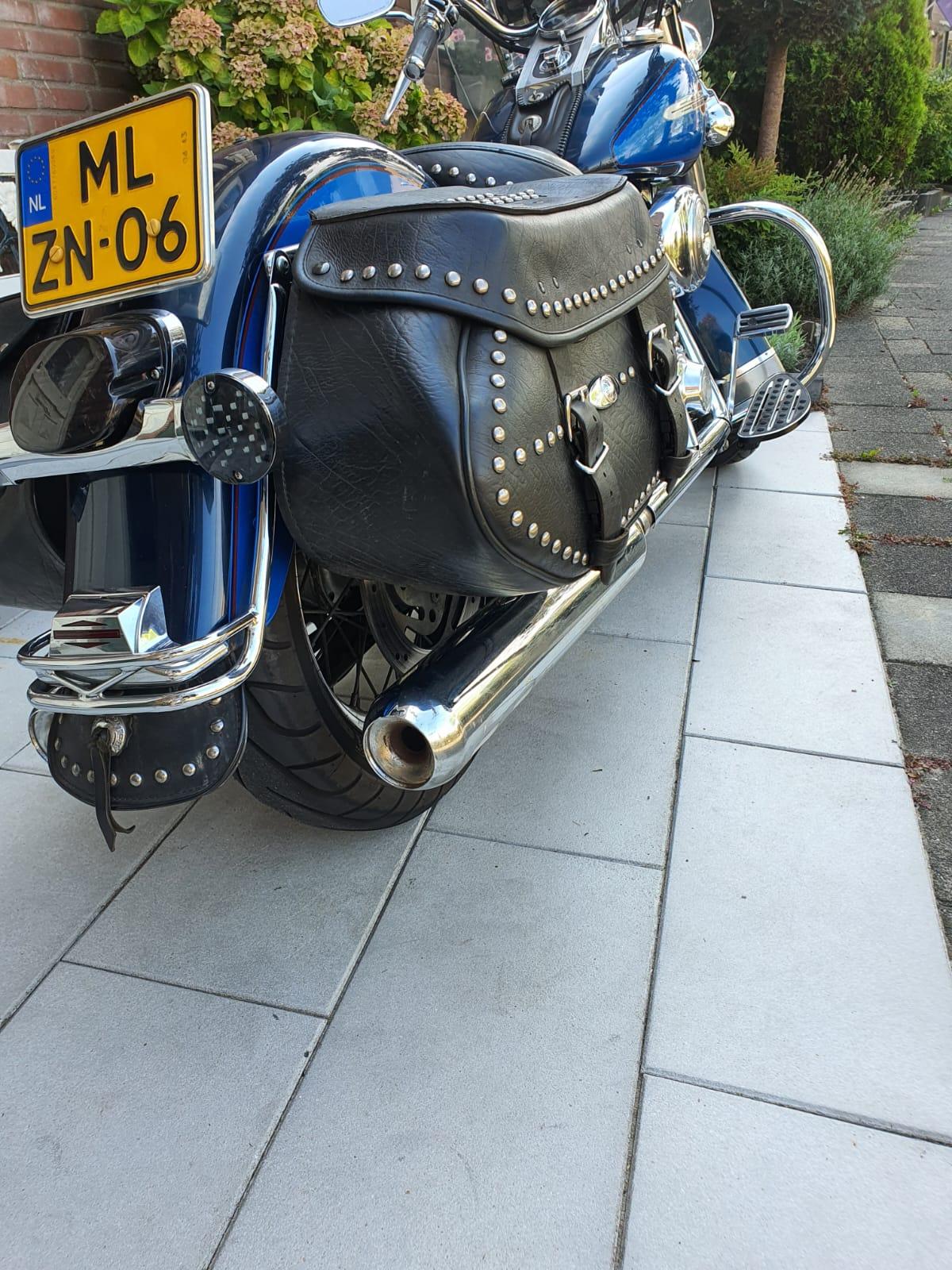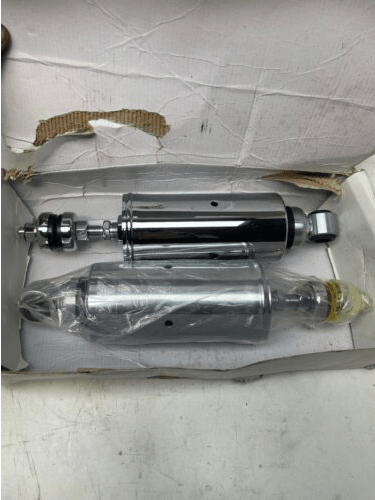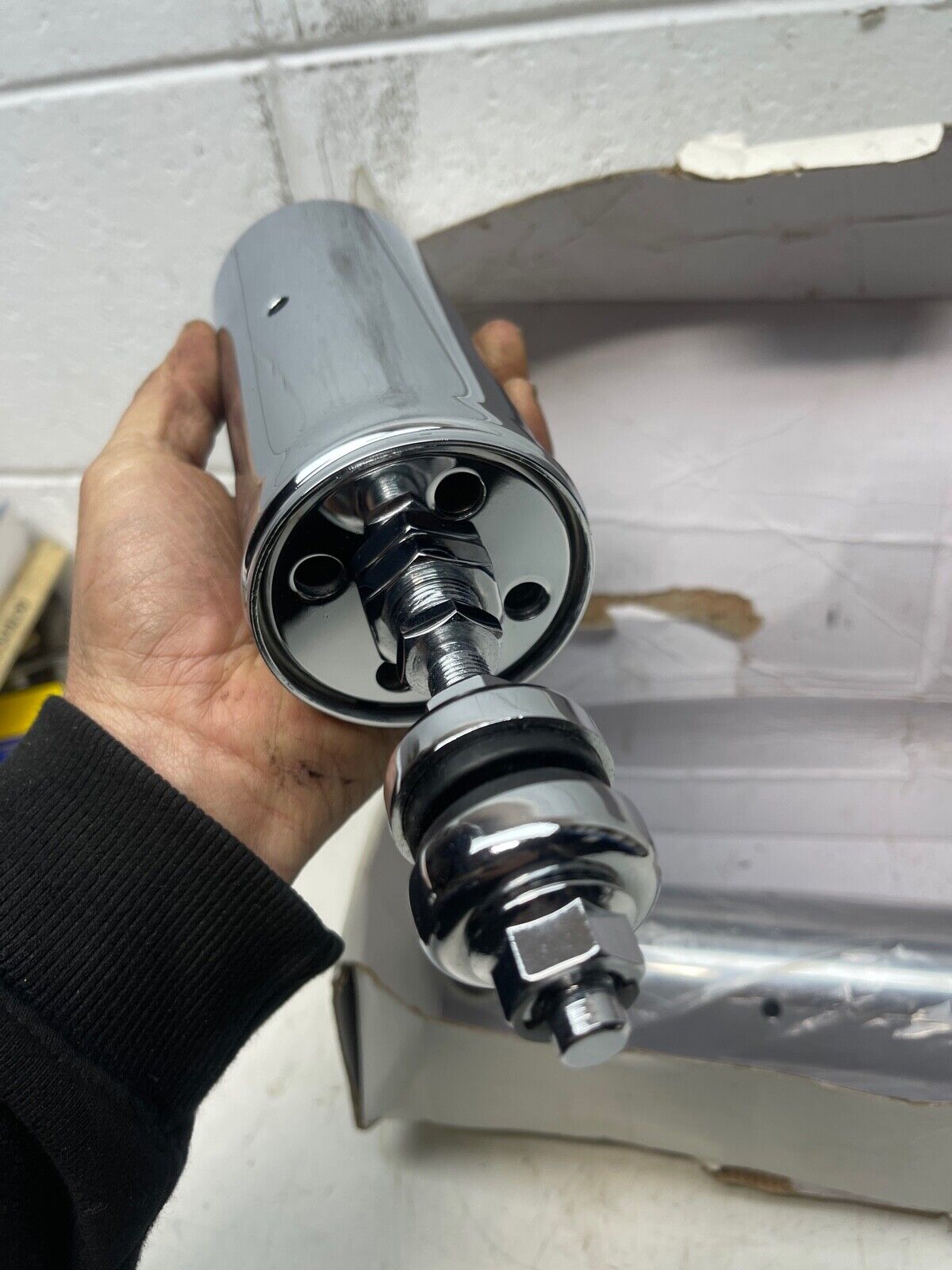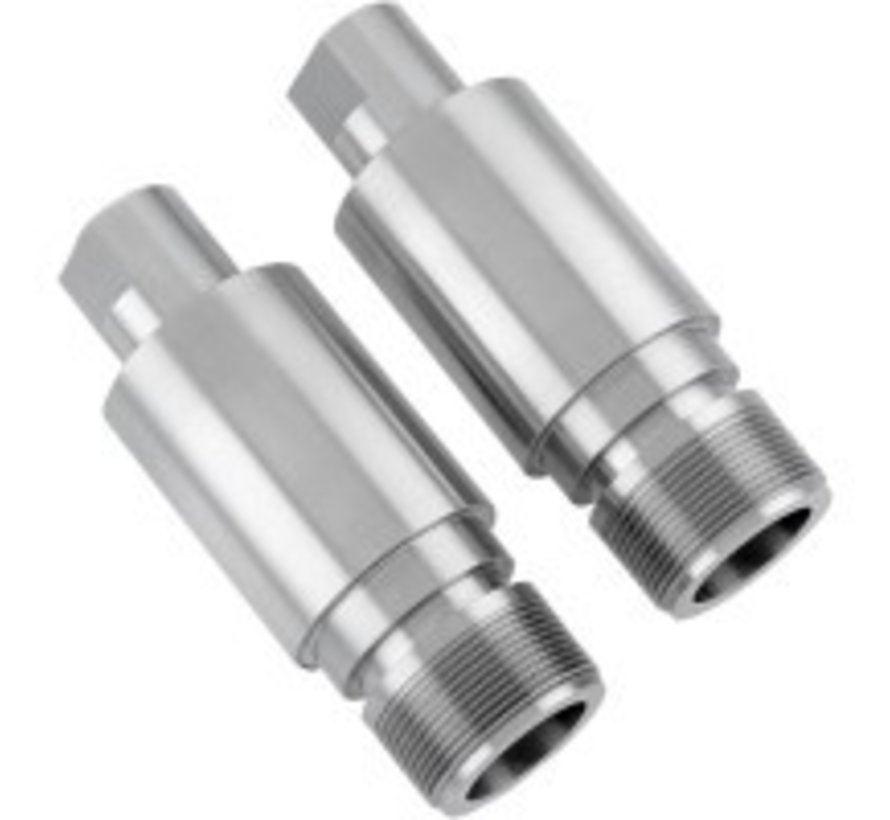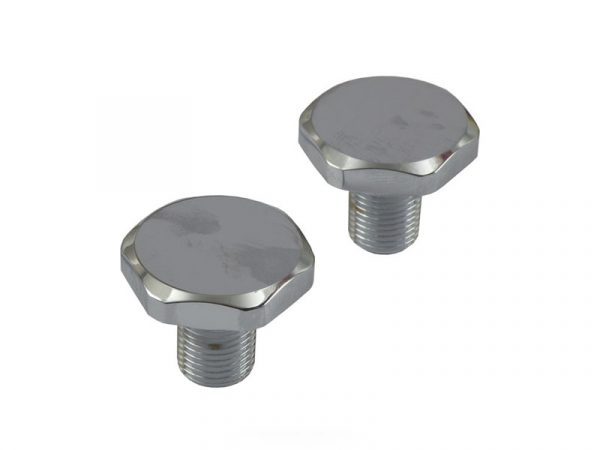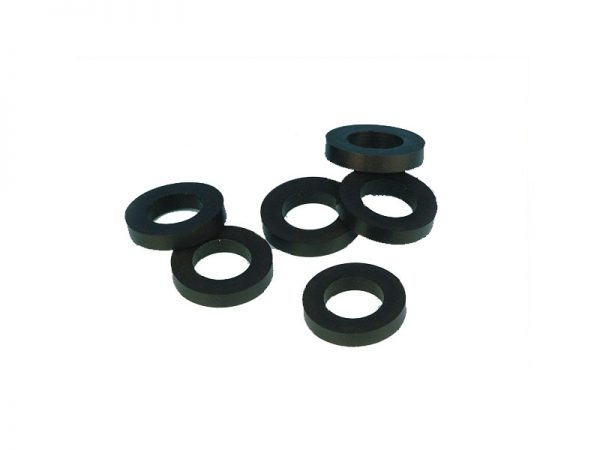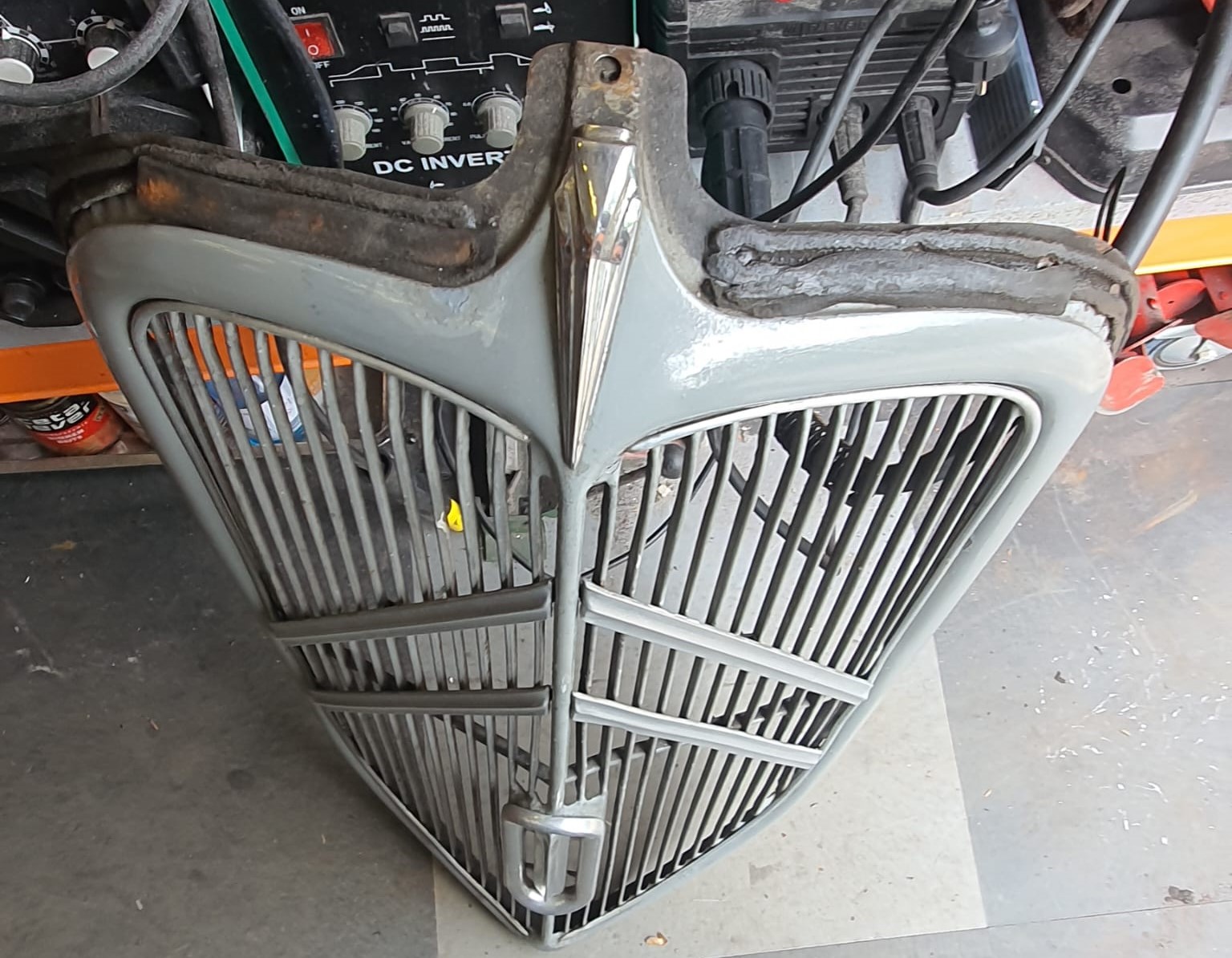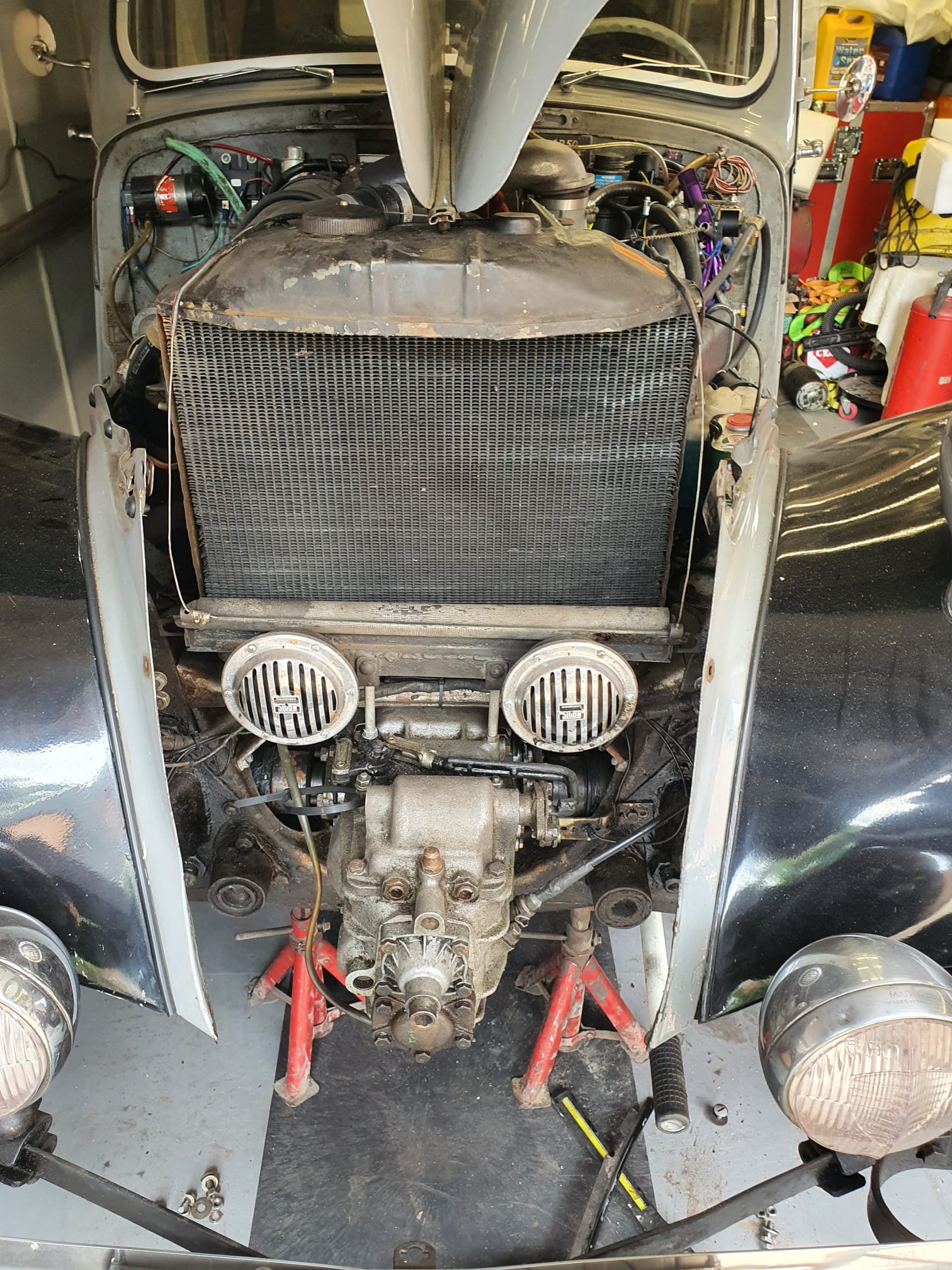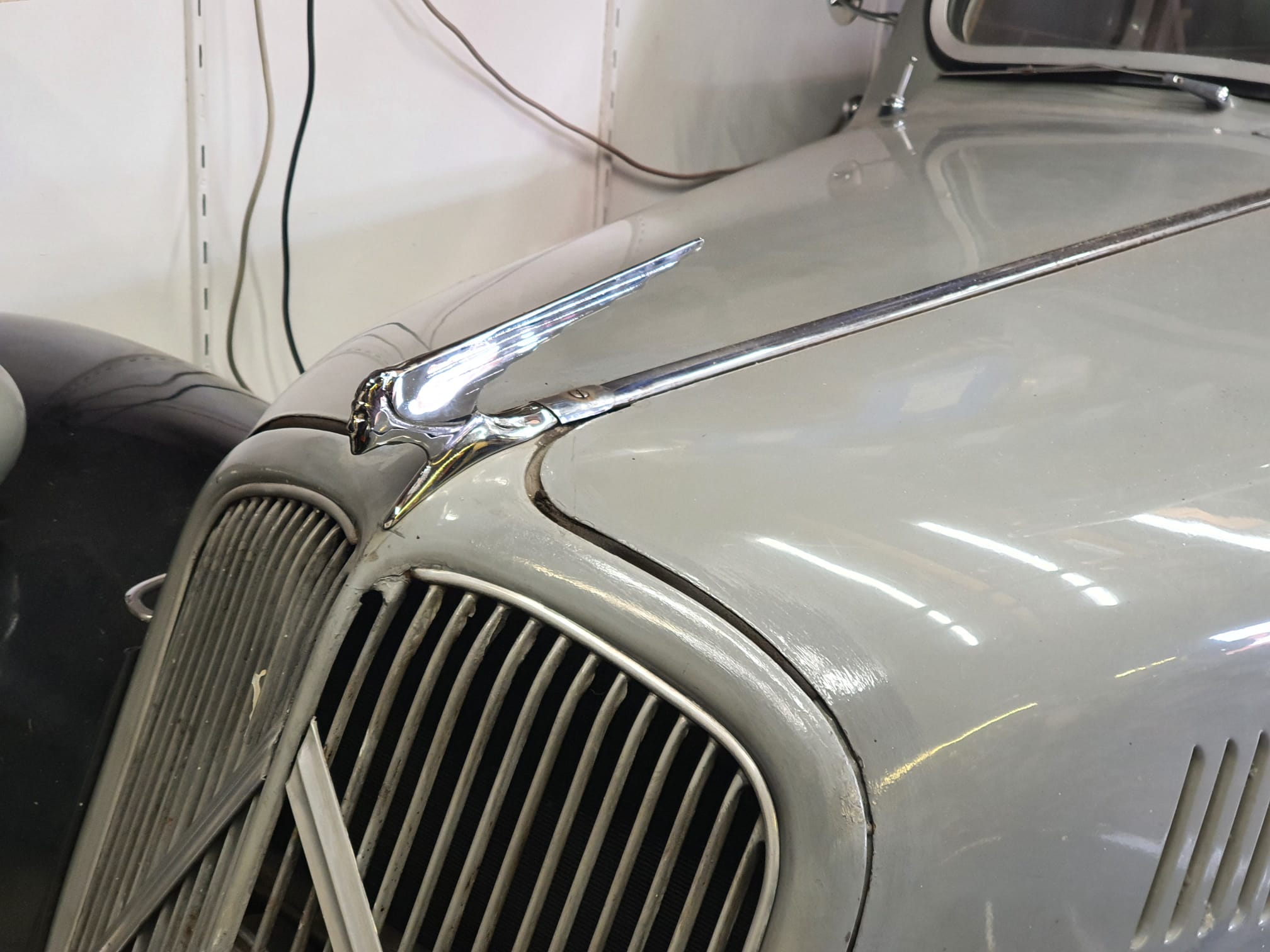
The distribution to the intake ports is all hidden inside the cylinder head.
Drilling-in channels for any petrol or LPG injectors is therefore not possible (at least not easily for me).
An after market valve lubrication system has been installed.
The evaporator and gas tank are of traditional origin.
The entire electrical system as well as the valves and pipes were simply purchased over the Internet from an authorized LPG supplier.
The LPG injection was not done with a traditional intake manifold but with SPUDS, directly into the intake venturis of the double Weber carburetor, due to space constraints.
This was done both for the LPG intake, with large spuds and for the lube intake but with small spuds.
The photos show some of this in detail.
The LPG spuds are screwed into the side of the carburetor, and come from a donor evaporator where they were used as water inlet and outlet adapters.
These adapters are the right size and have a nice kink on 1 side that allows the LPG to get into the flow of the venturis properly.
The Traction has 2 venturis because the engine upgrade to a Citroen ID19dD including cylinder head, carburetor and air filter was done.
To do everything neatly I applied the latest governmental inspection requirements to the entire installation.
An interesting detail was that a number of requirements do not apply to the traction because the date of admission of the car is already very far in the past.
As far as I understand, the valves and evaporator may be used without a new inspection mark but must at least bear the old inspection mark, whereby age should not be a problem.
As with new cars, the tank must be less than 10 years old, and the filler hose less than 1 year old.
The LPG hoses that are used must have an approval mark, the line for supply between tank and valve and between valve and vaporizer must be properly secured and may not protrude under the car, etc.

